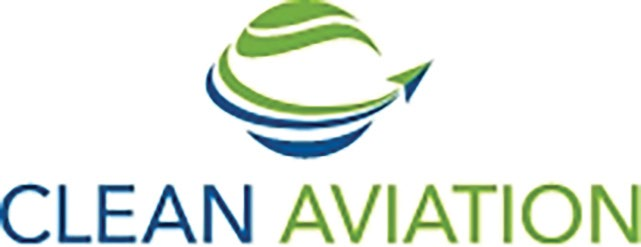Aviation environmental research is embedded in European, National and industry research programmes. At EU level, most research is currently funded through ‘Horizon Europe’ (2021-2027) with an initial budget of €95.5 billion
. Aviation specific research contributes primarily to the European Green Deal and the EU’s digital and competitiveness strategies across all three Horizon Europe pillars ( ).- Pillar I: European Research Council science, which often advances the limits of science and technology (e.g. new materials, breakthrough physical processes, artificial intelligence and quantum computing, sensor technologies);
- Pillar II: Cluster 5 aviation programme has been the foundation of aeronautics research for over 35 years,ncluding relevant partnerships (e.g. Clean Aviation, Clean Hydrogen and SESAR), industry-led technology demonstrators and Cluster 4 synergies (Digital, Industry and Space); and
- Pillar III: European Innovation Council research actions, with emphasis on supporting and connecting SMEs and the aviation supply chain.
The collaborative and fundamental Pillar II Cluster 5 aviation environmental research develops and derisks technologies up to a Technology Readiness Level (TRL) 4, to be taken further by Horizon Europe partnerships, national or industry programmes. The current research is focused on:
- lightweight, multifunctional and intelligent airframe and engine parts
- holistic digital framework for optimized design, manufacturing and maintenance
- uncertainties quantification for design, manufacturing and operation
- ultra-efficient aircraft propulsion
- electrified and hydrogen-enabled propulsion
- fuel-flexible combustion systems and cryogenic liquid hydrogen storage
- better understanding and mitigating non-CO2 emissions, with emphasis on contrails
- reduction of NOX, and particulate matter emissions
- Noise reduction technologies and abatement procedures.
One such Horizon Europe project is HESTIA
that focuses on increasing the scientific knowledge of the hydrogen-air combustion of future hydrogen-fuelled aero- engines. Another example is BeCoM which addresses the uncertainties related to the forecasting of persistent contrails and their weather-dependent individual radiative effects, in order to develop recommendations on how to implement strategies that enable air traffic management to reduce aviation’s climate impact. Further information on the extensive projects funded under Horizon Europe research programme can be found on the European Commission website . The Clean Sky 2 projects (2014-2024) had a combined public and private budget of around €4 billion, with EU funding up to €1.75 billion
The Clean Sky 2 projects (2014-2024) had a combined public and private budget of around €4 billion, with EU funding up to €1.75 billion  Clean Aviation was established in November 2021 under EU Horizon Europe to support the EU ambition of climate neutrality by 2050
Clean Aviation was established in November 2021 under EU Horizon Europe to support the EU ambition of climate neutrality by 2050  ASD includes 25 major European companies and 25 National Associations as our members, with an overall representation of up to 4 000 companies across 21 European countries. In 2022, ASD Members employed 921 000 people and generated a turnover of €261 billion.
ASD includes 25 major European companies and 25 National Associations as our members, with an overall representation of up to 4 000 companies across 21 European countries. In 2022, ASD Members employed 921 000 people and generated a turnover of €261 billion.


